1. The Netherlands
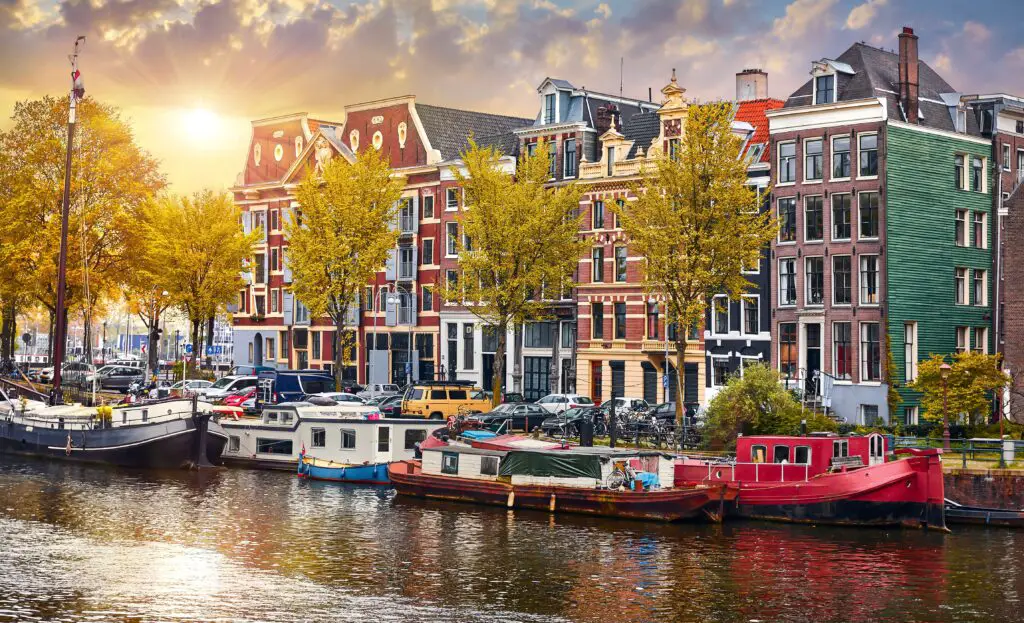
Back in the 1600s, the Dutch were basically the kings of commerce. Amsterdam was the center of global trade, and the Dutch East India Company became the world’s first real multinational corporation. They dominated shipping, banking, and even set the stage for modern capitalism. If you were looking for a wealthy, forward-thinking society, the Netherlands was the place to be says NL Times.
But their golden age didn’t last forever. They fought too many wars, especially with England and France, and over time their dominance faded. The center of global power shifted westward, especially as Britain rose and colonization expanded. Today, the Netherlands is still wealthy and progressive, but it’s no longer the powerhouse it once was adds Popular Science.
2. Spain

In the 1500s, Spain struck gold—literally. Thanks to colonization in the Americas, they brought in huge amounts of gold and silver, making them one of the richest empires on Earth. Spanish royalty lived extravagantly, and the country wielded immense political and military power shares the Guardian.
But all that wealth caused problems. Inflation spiraled out of control, and they didn’t reinvest in their own industries. Constant wars drained their treasury, and other European powers began catching up. Spain still has a strong culture and tourism economy, but its golden era is long behind it says Dallas News.
3. Portugal
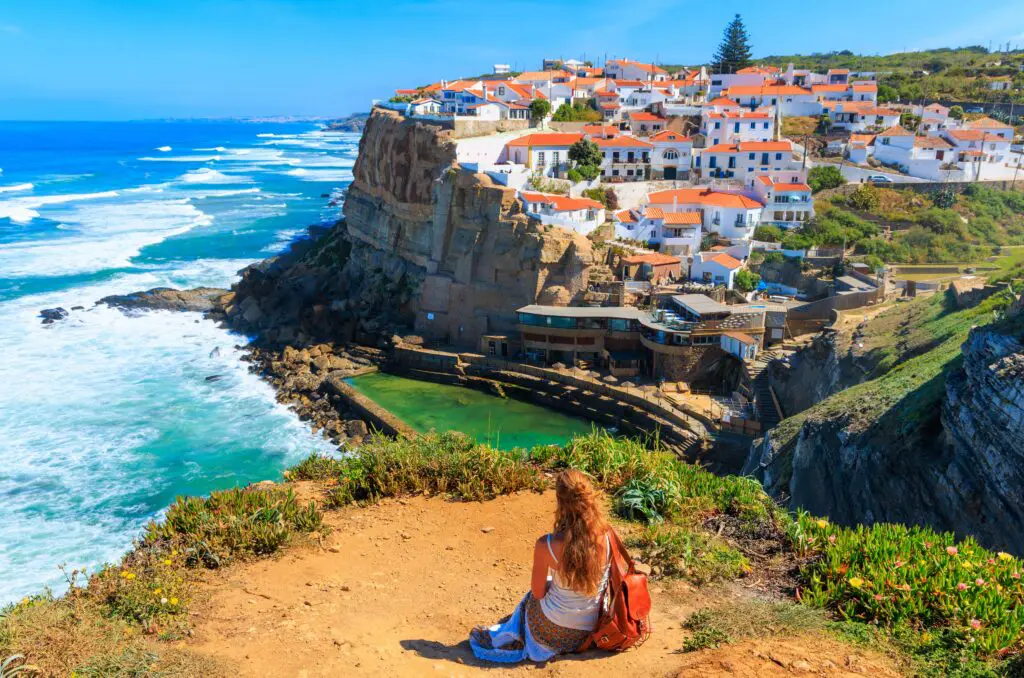
Portugal may seem like a quiet corner of Europe now, but in the 1400s and 1500s, it was an explorer’s dream. They pioneered sea routes to India and dominated trade along the coasts of Africa, Asia, and South America. Lisbon was a global hub, and Portuguese ships were known everywhere.
But then competition increased. Spain, England, and the Netherlands started carving out empires of their own. On top of that, a massive earthquake in 1755 devastated Lisbon and set them back economically and emotionally. Today, Portugal has a modest but stable economy, with its global empire just a distant memory.
4. China
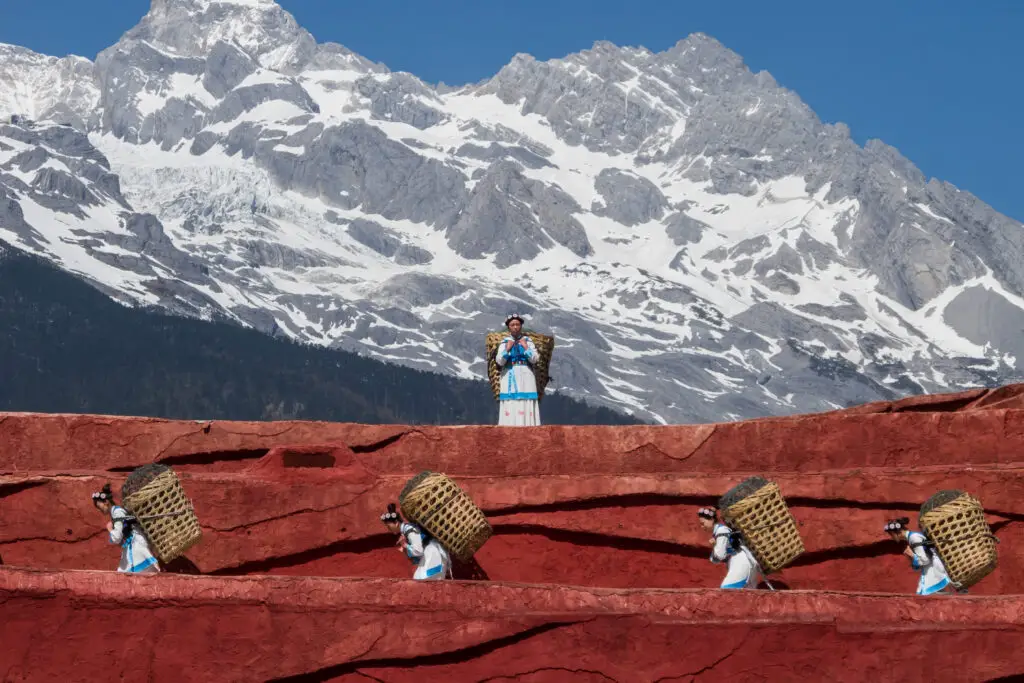
For centuries, China was the cultural and economic leader of the world. The Tang and Song dynasties especially saw incredible innovation—think paper money, gunpowder, and advanced agriculture. The sheer size of its population and production power made it a giant.
But by the 1800s, things shifted. Western powers forced unequal trade deals on China, and internal rebellions weakened the state. The Opium Wars and colonization chipped away at their strength. While China is now resurging economically, there was a long period where it lagged behind the West.
5. Egypt
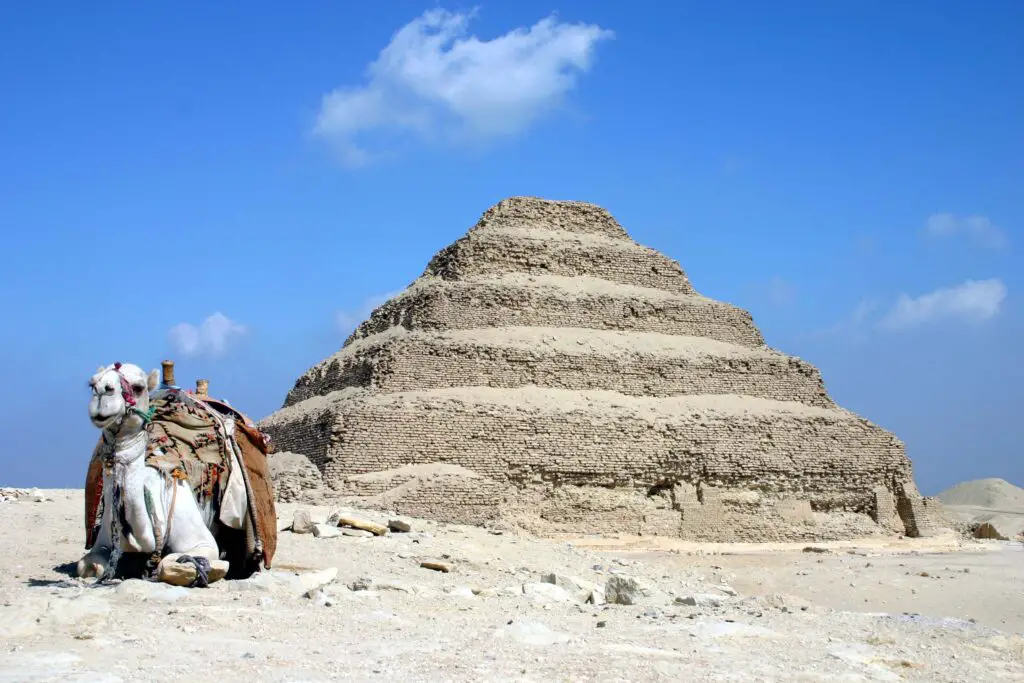
In the ancient world, Egypt was basically the blueprint for civilization. The Nile brought agricultural abundance, and the Pharaohs built an empire on science, culture, and trade. They had wealth, art, and influence that drew the envy of others for thousands of years.
But over centuries, Egypt was conquered by multiple empires—Persians, Greeks, Romans, and eventually Ottomans. Each wave eroded its autonomy and drained resources. By the time modern history rolled around, Egypt had become more dependent than dominant. It remains regionally significant, but far from its ancient glory days.
6. India

India was once the crown jewel of wealth and craftsmanship. Its spice trade, textile industry, and advanced mathematics made it a global economic force. Before British colonization, India reportedly held about 25% of the world’s wealth.
Then the British came in and rewrote the story. Colonial rule drained resources, dismantled industries, and left the country impoverished by the time they left in 1947. Since then, India has been rebuilding, and it’s now one of the world’s largest economies. But that rise came after a long fall from the days of the Mughal Empire and beyond.
7. Venice
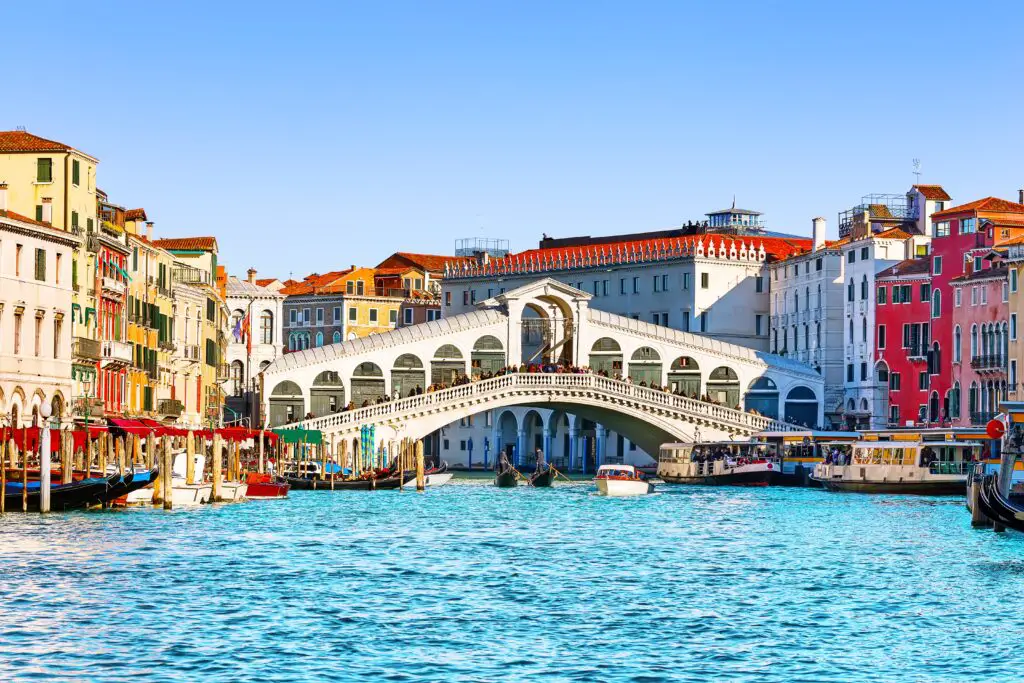
This tiny city on the water was once one of the richest places on Earth. During the Middle Ages and Renaissance, Venice controlled trade between Europe and the East. Its navy was powerful, its merchants were savvy, and its art and architecture were dazzling.
But when new sea routes bypassed the Mediterranean, Venice lost its edge. Larger powers like Spain and Portugal started dominating global trade. Venice faded into more of a cultural relic than a global player. It’s still beautiful and attracts millions of tourists, but its economic influence has long since sailed away.
8. Ottoman Empire (modern-day Turkey)
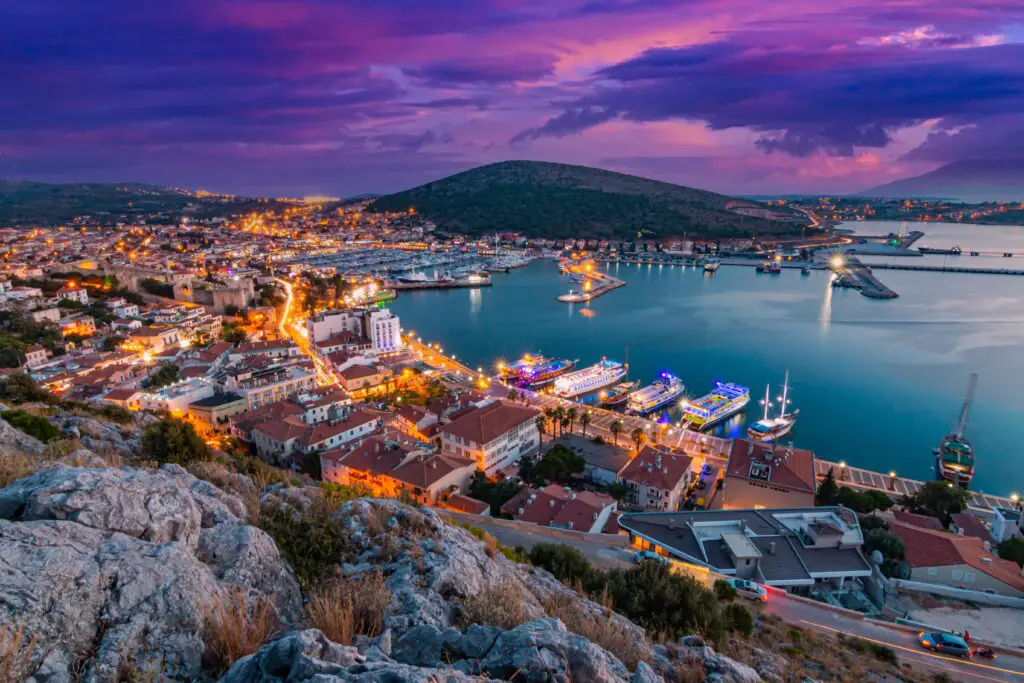
The Ottomans once controlled a vast empire spanning three continents. Istanbul (then Constantinople) was a major center of trade and culture. Their wealth came from controlling key trade routes between Europe and Asia.
But as global trade started to move by sea rather than land, the empire lost its monopoly. Internal corruption, rebellion, and wars weakened them further. By the end of World War I, the empire had collapsed, and modern Turkey emerged from its remnants. While Turkey still holds regional power, it’s a far cry from the Ottoman heyday.
9. Austria
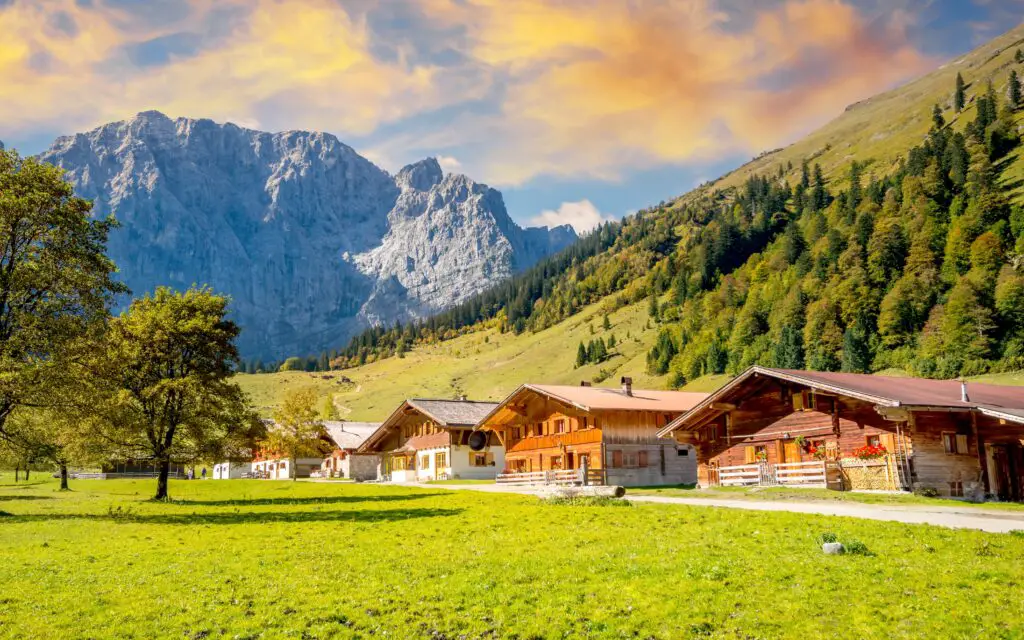
Austria was once the heart of the powerful Habsburg Empire. It ruled over large swaths of Central and Eastern Europe and was a cultural and economic center. Vienna was known for music, art, and sophistication, and the empire seemed unstoppable.
But then came nationalism, wars, and internal divisions. World War I ended the Austro-Hungarian Empire, and Austria became a much smaller country. Its influence on the world stage shrank dramatically. It’s still a wealthy and peaceful place, but not the empire it used to be.
10. Iraq (Ancient Mesopotamia)

Thousands of years ago, the land we now call Iraq was Mesopotamia—home to the first cities, writing systems, and legal codes. With the Tigris and Euphrates Rivers, it was an agricultural and intellectual powerhouse. Civilizations like Sumer, Babylon, and Assyria flourished here.
But constant invasions and shifting empires wore down the region. In modern times, war and political instability have taken a huge toll. Despite its oil wealth, Iraq has struggled to maintain stability and economic prosperity. Its ancient legacy remains awe-inspiring, but the modern picture is much more complicated.
11. Argentina
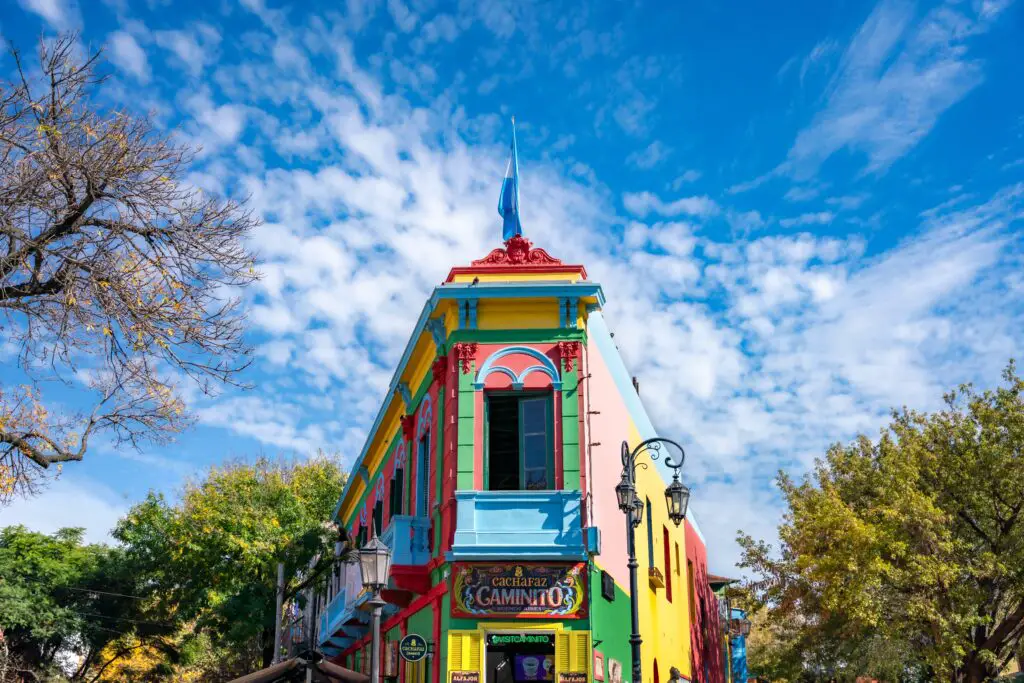
In the early 1900s, Argentina was among the richest countries in the world. It had vast agricultural resources, booming cities, and a European-influenced culture that attracted immigrants from all over. Buenos Aires was even called the “Paris of South America.”
But political instability, military coups, and poor economic policies derailed its progress. Inflation became a chronic problem, and investor confidence vanished. Today, Argentina still has potential, but it’s often seen as a story of “what could have been.” Its economy keeps swinging between promise and crisis.
12. Libya
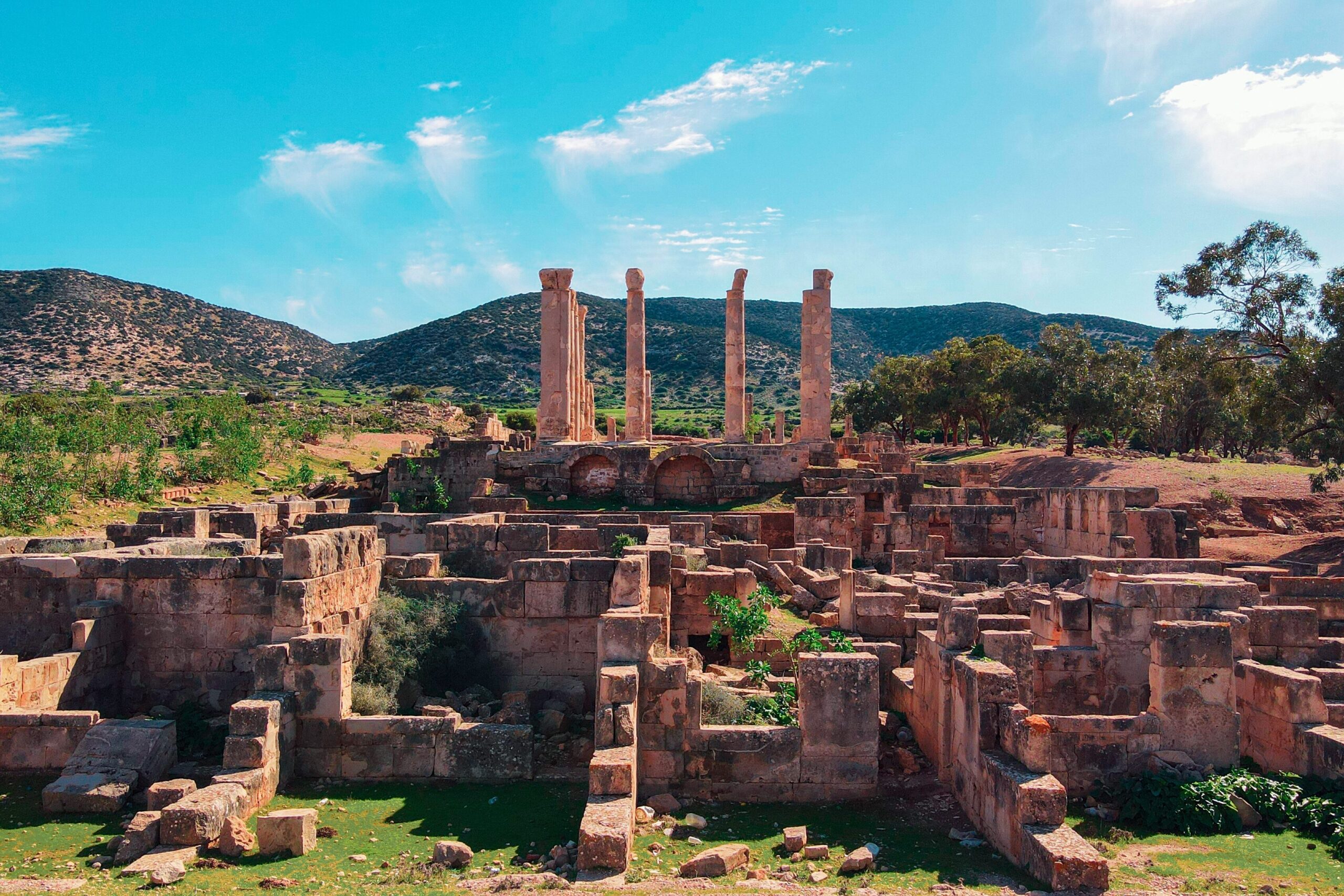
Libya under Muammar Gaddafi was incredibly wealthy thanks to oil. In the 1970s and 1980s, the country had one of the highest GDPs per capita in Africa. Gaddafi used oil profits to modernize infrastructure and boost education and healthcare, at least for a while.
But political repression and poor management led to unrest. After the Arab Spring and Gaddafi’s fall in 2011, the country plunged into civil war. Oil production dropped, and chaos took over. Libya’s resources are still there, but its future remains uncertain.
